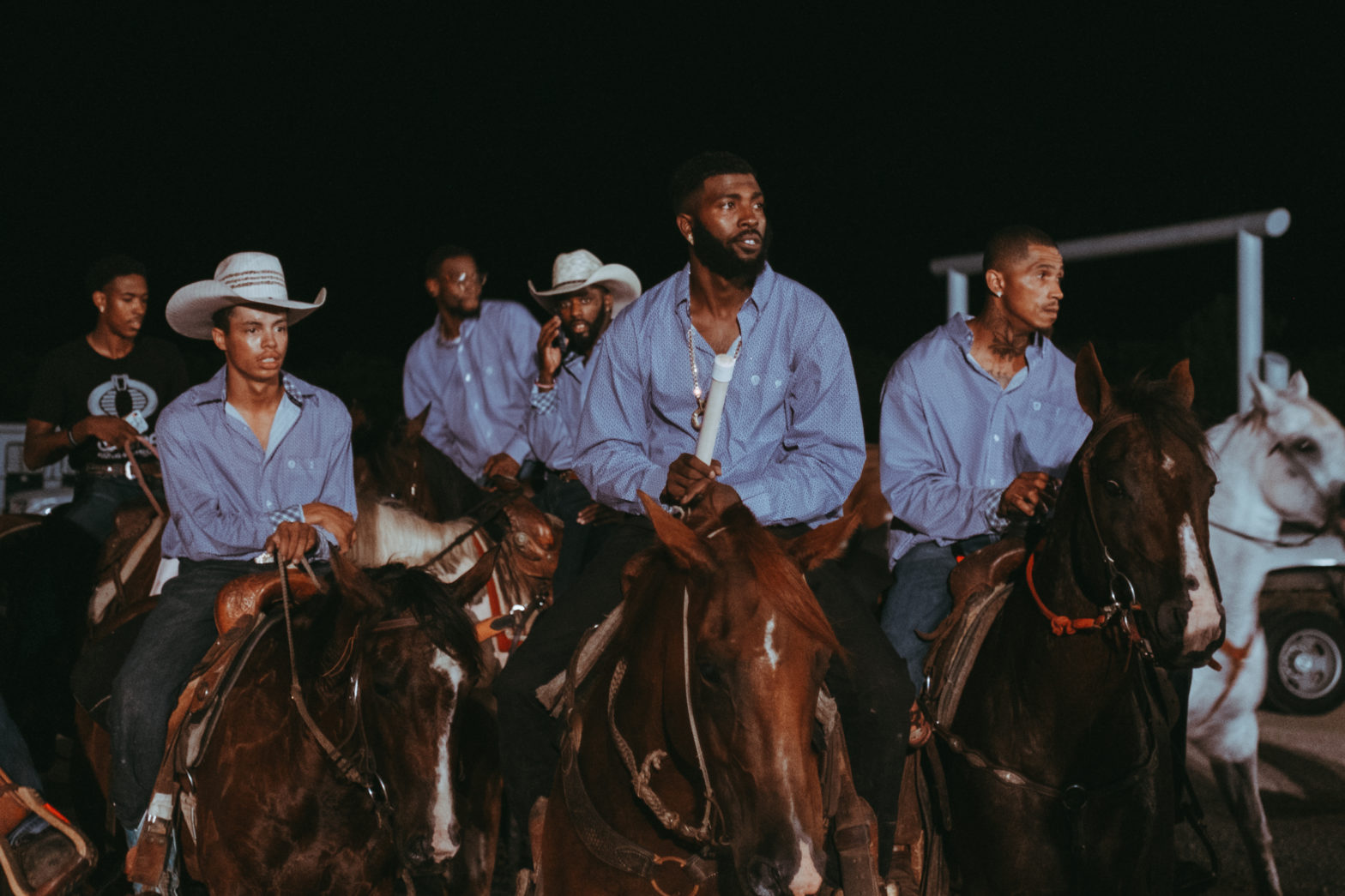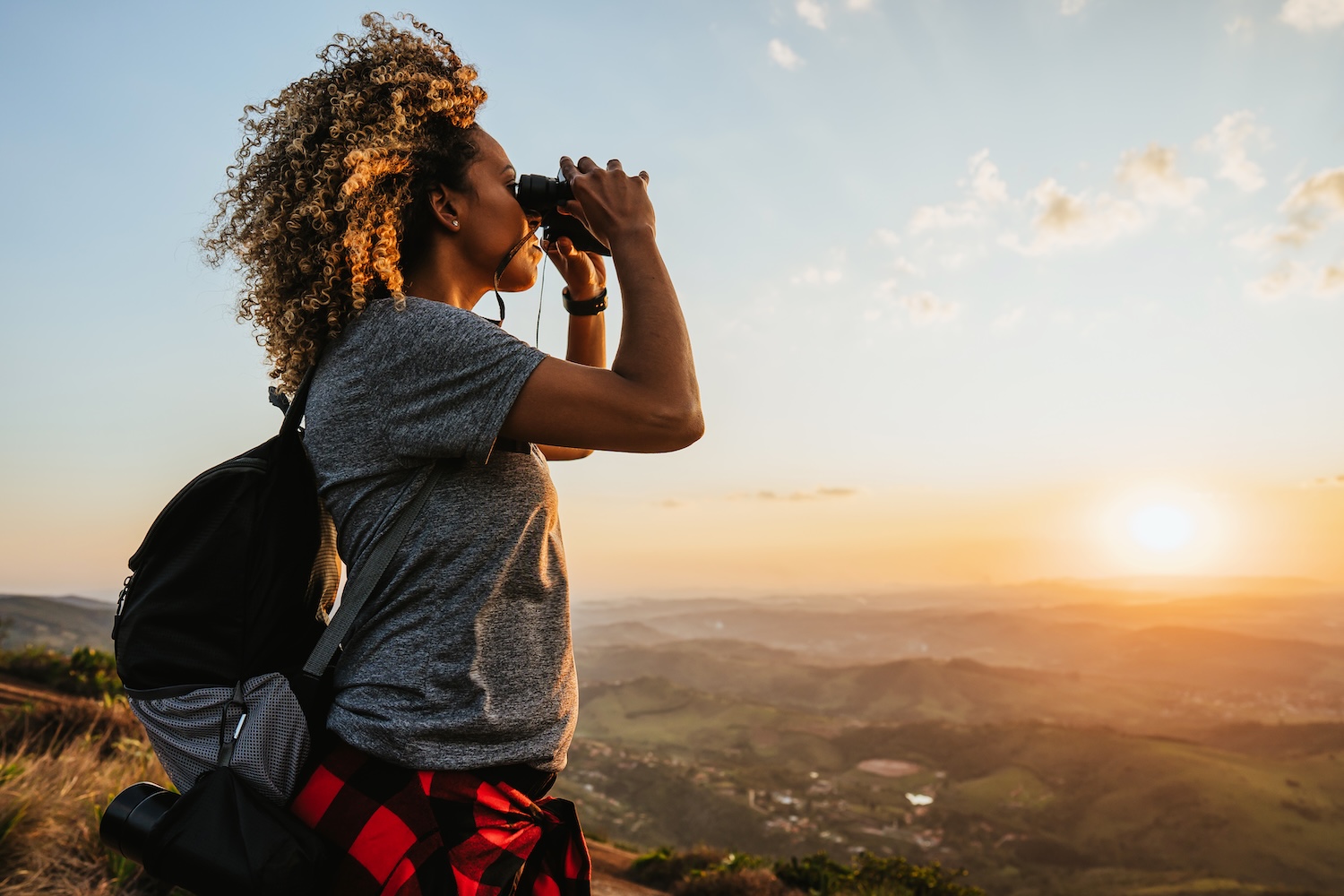New York Times photojournalist Ivan McClellan had been practicing photography for nearly a decade and had yet to find a subject matter he truly wanted to focus on. He’d captured brilliant street photography and editorial work but it wasn’t until filmmaker Charles Perry took him to a Black rodeo that his passion project began to come to life.
“I’d never seen barrel racers with braids blowing back in the wind as they rode going 50 miles per hour with acrylic nails,” McClellan said. “I’d never seen a lot of these fantastic things.”
McClellan’s first Black rodeo was a transformative experience that would take him across America from Philly to Compton capturing the essence of the Black cowboy culture in America. A historical and impactful movement in US history, Black cowboys have long been a part of the fabric of America; with photographs of Black cowboys dating back to the 1860s. McClellan started photographing Black American cowboy culture in 2015 to capture the intersection where Black cowboys and American history meet. Growing up in Kansas, McClellan had never experienced Black cowboys prior to attending the rodeo.

“I’d see these tough white men, Montgomery Cliff and John Wayne, just sort of standing up for their values and defending their families and being independent and being gritty,” he said. “And that was something I thought was really cool but unattainable for me because I didn’t see representation of folks that looked like myself. Media presented me with a ball or a microphone.”
McClellan’s time at the Black rodeo was a pivotal moment in his photography career. Slowly, he fell in love with the scene and the people who clung to the reins and barrels.
“It was so much vibrancy, so much color, so much fashion, and motion and it was a culture that I related to being from Kansas but one I didn’t really know existed,” he said. “I had no idea that there were thousands of Black cowboys.”
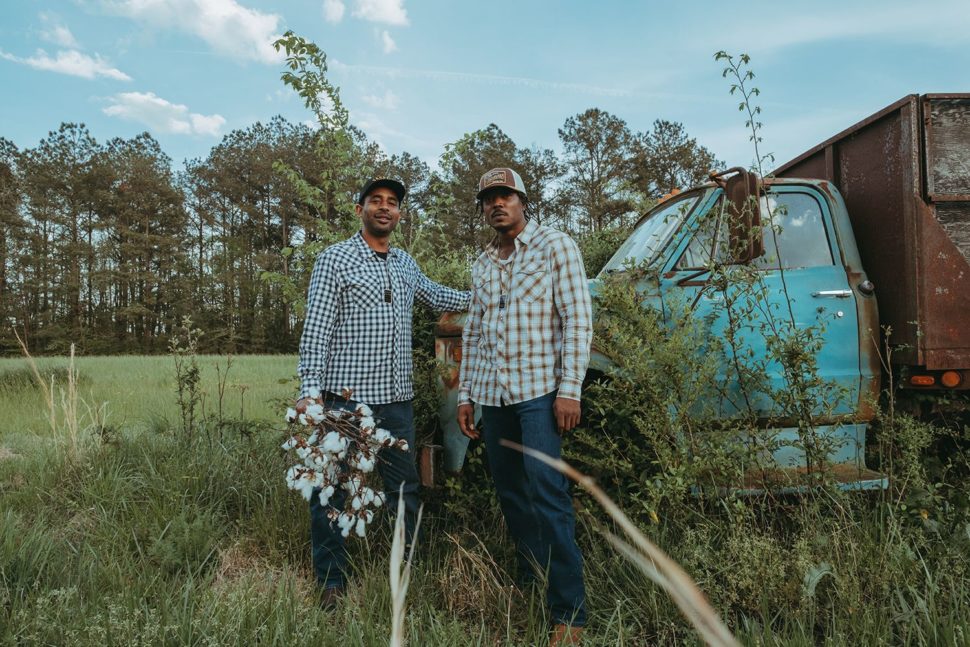
McClellan’s travels and photos culminated into a series titled Eight Seconds: Black Cowboys in America, showcasing the grit and strength of the Black rodeo community. Black cowboys can be found in nearly every state in the US, especially out West.
“It has taken me all over the United State and I’ve been many, many places and seen many interpretations of the Black cowboy,” he said.
Oklahoma was one place McClellan’s photo journey took him. In his writing, McClellan states that in his pursuit of the Black American cowboy, he always finds himself returning to Oklahoma. Cities like Checotah and Boley still remain true to authentic cowboy culture with a mixture of tradition and modern fashion and style. Many young Black cowboys, that have traded in starched button-downs and cowboy hats for shorts and gold chains, gallop through land claimed thousands of years ago by free slaves. Now, the descendants of those slaves roam paved streets on horseback carrying years of history on their backs.
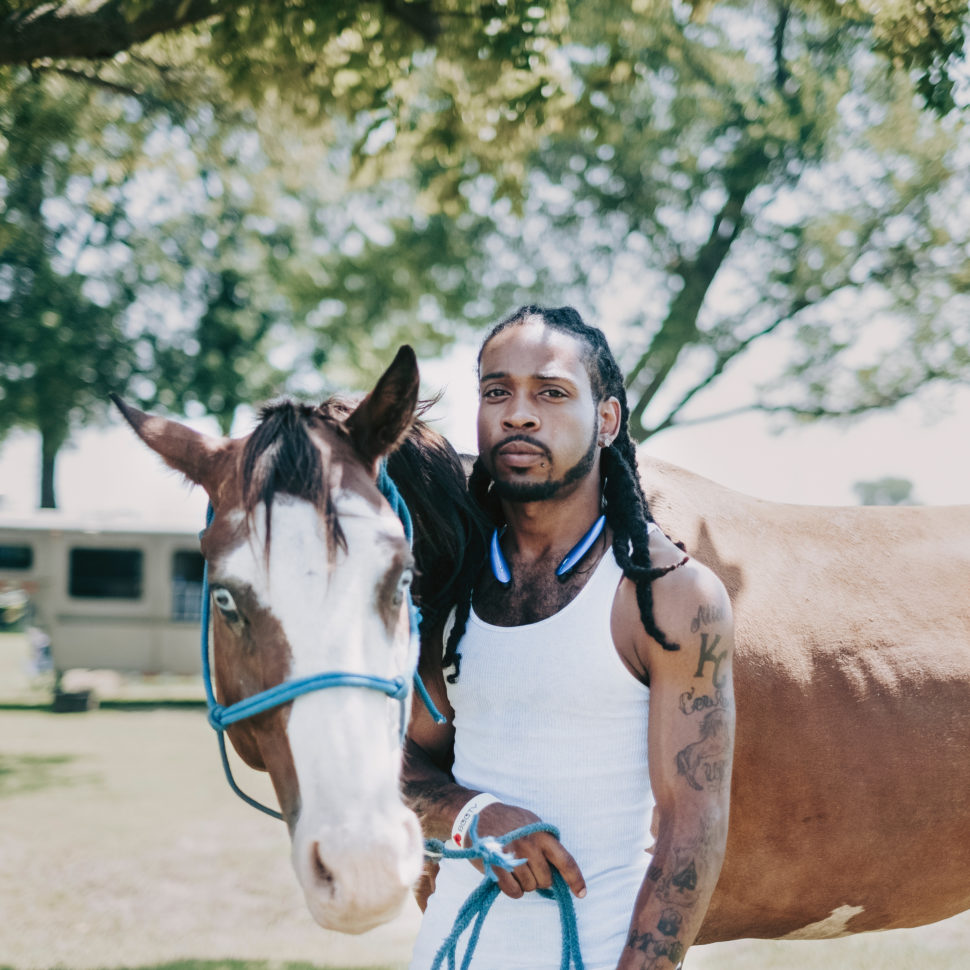
He also traveled to Arizona where they host the Arizona Black Rodeo each year. Many Civil Rights activists and the Buffalo Soldiers attend the event and beyond the rodeo, McClellan interacted with Black ranchers who prided themselves on learning from the land and thriving in agriculture. However, there was a stark difference between the cowboys in Arizona and in Oklahoma.
“Oklahoma you see a lot of real cowboys in the sands,” he said. “Arizona there’s a lot of people with tags still on their hats so it’s just a different kind of vibes.”
Photography would take McClellan across the country. He’d experience steer wrestling and rookie bull riders fighting for their shot at greatness. He would witness entire families involved in cowboy life and hang out with trail riders in Alabama and ride horses through the hills behind their homes. His time would be spent sitting beside Black cowboys in Kansas and having intimate conversations about the rich culture they loved so much.
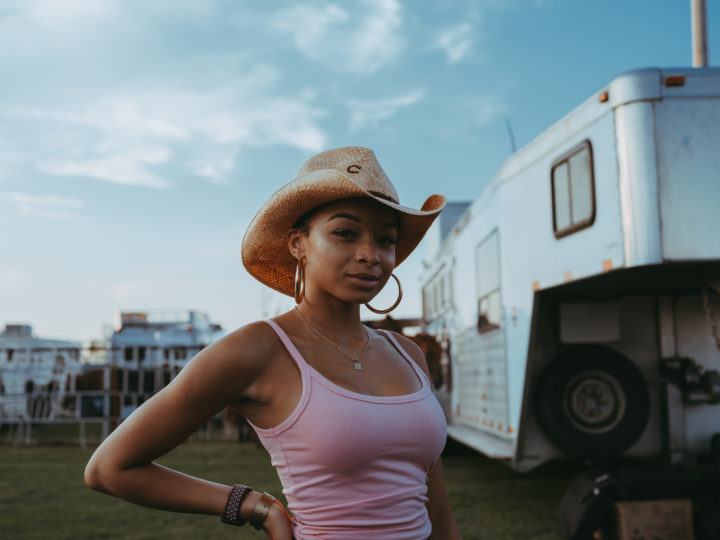
“I think I initially showed up to just be a spectator and to sit on the fence and take photos but over the years I realized that I really developed strong relationships and friendships with the people who I was documenting,” he said.
McClellan says the depiction of Black cowboys in American history is complicated; just as complicated as American history itself. Over time, more and more stories of Black cowboys have been erased and many people still do not know the importance of cowboys in Black culture.
“A lot of it has to do with erasure from media and from the popular narrative of what a cowboy is,” he said. “You didn’t see a lot of depictions of the Black cowboy in media and when you did he was a comic character or a sidekick living in a white man’s world.”

Eight Seconds highlights the men, women, and families shrouded in mystery within the Black cowboy community across America. Full of integrity and grit, these individuals have commonalities that connect them despite where they might be regionally and have value sets that all African-Americans should be able to witness.
With more Black Western films like The Harder They Fall gaining mainstream attention, McClellan hopes more African-Americans will embrace and identify with the Black American cowboy experience and realize there were many heroes with brown skin who rode across the plains of this country.
“As the Black cowboy figure expands in the popular media, my hope is that kids will see these characters and become curious about them and realize that Black culture isn’t a monolith,” he said.

McClellan’s passion for Black cowboy culture has spilled over from his work into his home life. His children have also embraced the cowboy lifestyle and feel empowered to aspire to be a part of it. His daughter has expressed interest in barrel racing as a result of being exposed to what’s possible for Black cowboys.
“My kids are five and three and all they’ve ever seen is Black cowboys growing up,” he said “They don’t know that white cowboys exist. So they’re just having a completely different experience than I did.”
With the Black American cowboy being seemingly systematically erased from most history books, McClellan’s Eight Seconds is reaffirming the existence of an influential and important group of people that some would prefer to be forgotten. A modern-day griot, whose lens crafts more words than any pen ever could, McClellan has captured not only the essence of Black cowboys but has shined a light on the raw, true heart of Black culture in America.
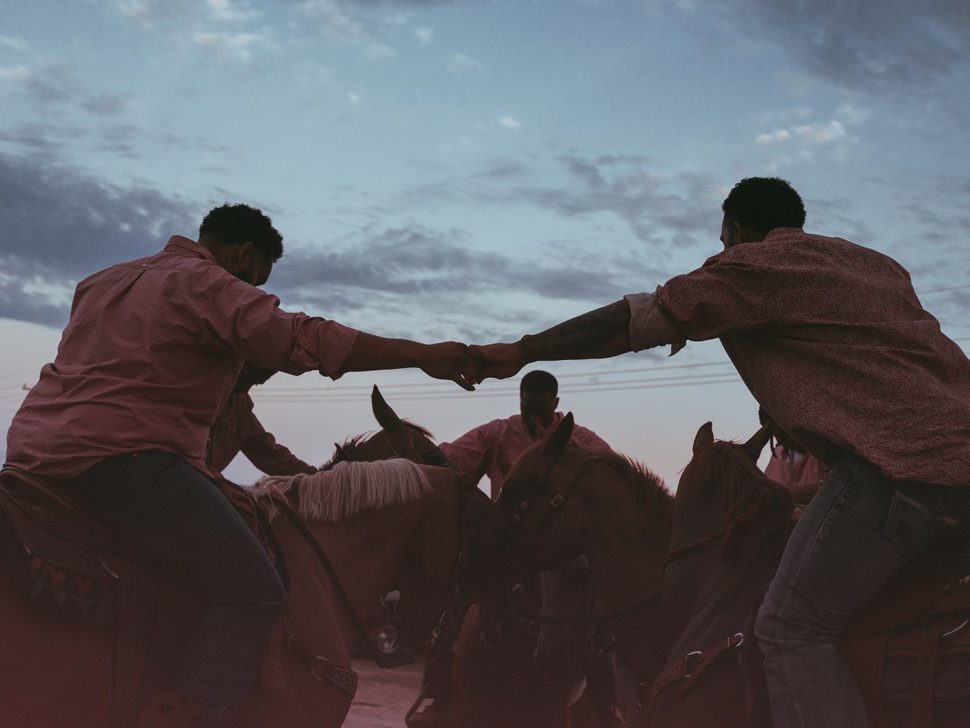
Beyond the lifestyle, McClellan photographed real families and real lives; living and breathing testimonies of being Black and one with nature. He captured the love between Black cowboys and their animals and the calm, gentleness they possess when the rodeo ends and the lights dim. More than anything, McClellan captured the relationship between Black cowboys and the American terrain.
Within these images filled with smiles, laughter, and joy, viewers can see the soul of the Black cowboy through McClellan’s lens. Although dialects and skin tones changed along his journey, their love for the land, Blackness, and Western culture remained the same.
“These warm and open people just accepted me, even though I’m not a cowboy, into their lives,” he said. “And that’s something I really appreciate.”
